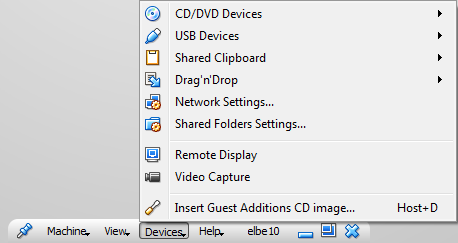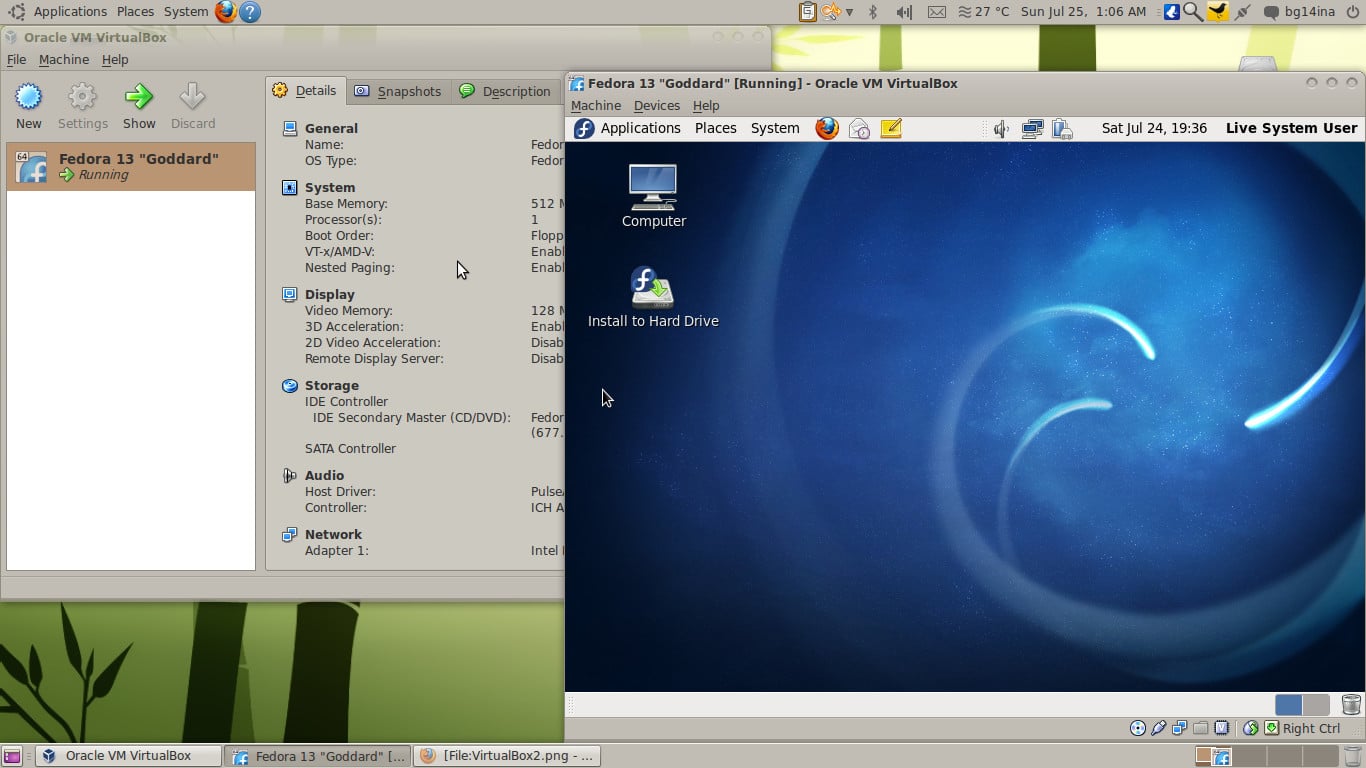

Note: You can see ‘ Bochs‘ as a value for Manufacturer, Product Name etc…Bochs is an X86-64 compatible emulator and debugger that helps emulation of processor, display, BIOS, memory and other hardware of PC. On KVM VM ~]$ sudo dmidecode | egrep -i 'manufacturer|product' On Xen VM ~]# dmidecode | egrep -i 'manufacturer|product' Input: Macintosh mouse button emulation as /devices/virtual/input/input1īooting paravirtualized kernel on bare hardware Method 2: Using ‘dmidecode’ commandĭMI (Desktop Management Interface) – dmidecode, native Linux command can be used to dump hardware and BIOS information in a human readable format. On OpenStack KVM VM ~]$ dmesg |grep virtual You can’t find any information from log files on VirtualBox. You can’t find any information from log files on Xen Hypervisor. For e.g., VirtualBox and Xen does not leak any information in the log files. Note: As told, this method will work only on certain Hypervisors.

These informations can be obtained from /var/log/message or by grepping the output of ‘ dmesg‘ command. The below commands were executed on virtual machines created on top of Xen, KVM, VirtualBox hypervisors and also on an OpenStack-KVM Icehouse.Ĭertain hypervisor leaks information about their type (including the name of the hypervisor and type of virtualization – such as paravirtualization, full virtualization or HVM) in system log files. So finally, this tutorial will tell you few commands and digging (I mean, reading logs) that can help you to identify the type of the Hypervisor that runs the current virtual machine. However, we were not able to respond to those emails immediately, as we didn’t have a test setup comprising of popular hypervisors (at least few) such as Xen, VmWare, KVM, VirtualBox, HyperV etc…Recently, we got to have few hypervisors running – just for the sake of our readers. At Techglimpse we frequently receive mails from our readers asking us to write a tutorial on ‘Virtualization Detection’ from a VPS or a Virtual machine.


 0 kommentar(er)
0 kommentar(er)
